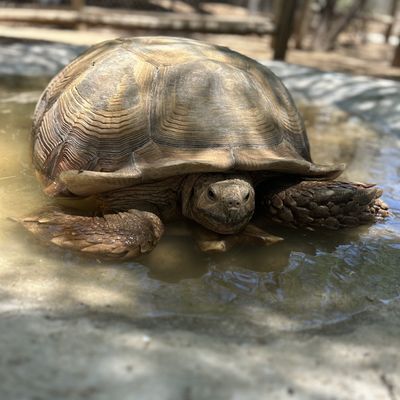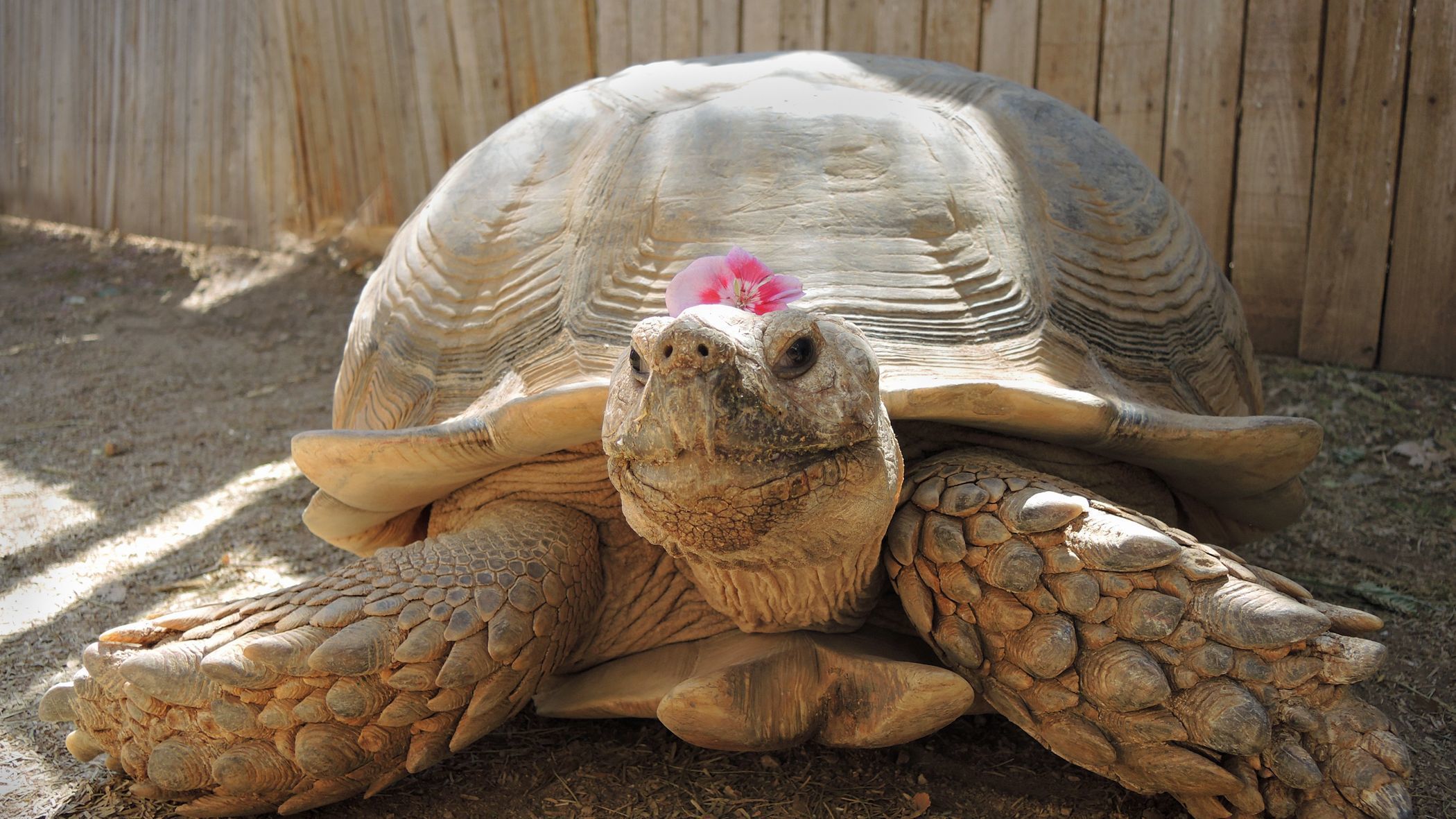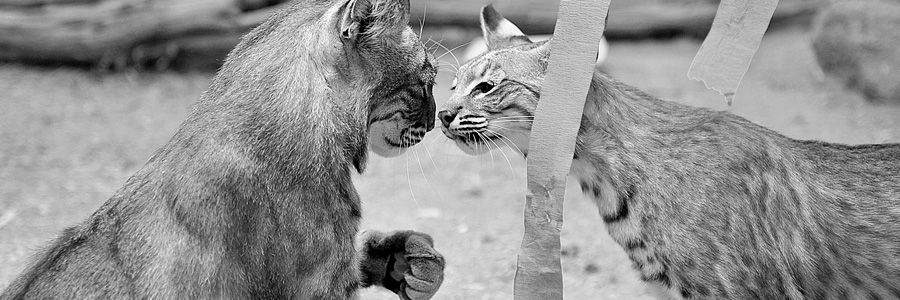TORTOISE

Gopherus morafkai
- Habitat: Desert and semi-desert grasslands
- Status: Threatened
- Population Trend: Decreasing
- Diet: These reptiles are primarily herbivores, and eat grasses, weeds, wildflowers, and leaves. In the Sonoran Desert, they also eat cactus pads and the fruit from various cacti. Occasionally, a tortoise may even eat bone material scavenged from mammal scat as a means of obtaining calcium
- Weight: 8 - 15 lbs.
- Size: 3.9" - 5.9" tall; 9.8" - 14" long
- Lifespan: 50 - 80 years
- Interesting Facts:
- A common way tortoises defend themselves is to empty their bladder - urinate - if they are picked up or handled. This could lead to their death if they can't find water soon thereafter.
- Sonoran Desert Tortoises’ predators include; ravens, gila monsters, kit foxes, badgers, roadrunners and coyotes. They prey on the juveniles, which are 2 to 3 inches long and have thin, delicate shells. Mountain lions may occasionally take adult tortoises.
- You should never return a captive tortoise to the wild because they might not survive (and it is illegal). If you already have a tortoise and can't keep it, try to find someone else to take care of it. If you can't find anyone then give it to an adoption program.

Centrochelys sulcata
- Habitat: Deserts and semi-arid regions of North Africa. They are found commonly in grasslands, deserts, savannas, and thorn scrubland
- Status: Endangered
- Population Trend: Decreasing
- Diet: These reptiles are herbivores and eat grasses, weeds, wildflowers, and leaves
- Weight: Females can weigh 80 - 130 lbs. Males are larger at 150 - 200 lbs.
- Size: Around 15" tall; 24" - 30" wide; 25" - 30" long
- Lifespan: 50 - 150 years
- Wild population in Arizona: Unspecified
- In the Southwest Wildlife Sanctuary: 1
- Interesting Facts:
- When a sulcata tortoise gets thirsty, they can drink up to 15% of their body weight in water!
- The name “sulcata” is a Latin word for “furrow,” which is found on the tortoise’s back between each scute.
- These reptiles find relief from the desert heat by digging burrows up to 10 feet deep.
THE SOUTHWEST WILDLIFE TORTOISES



